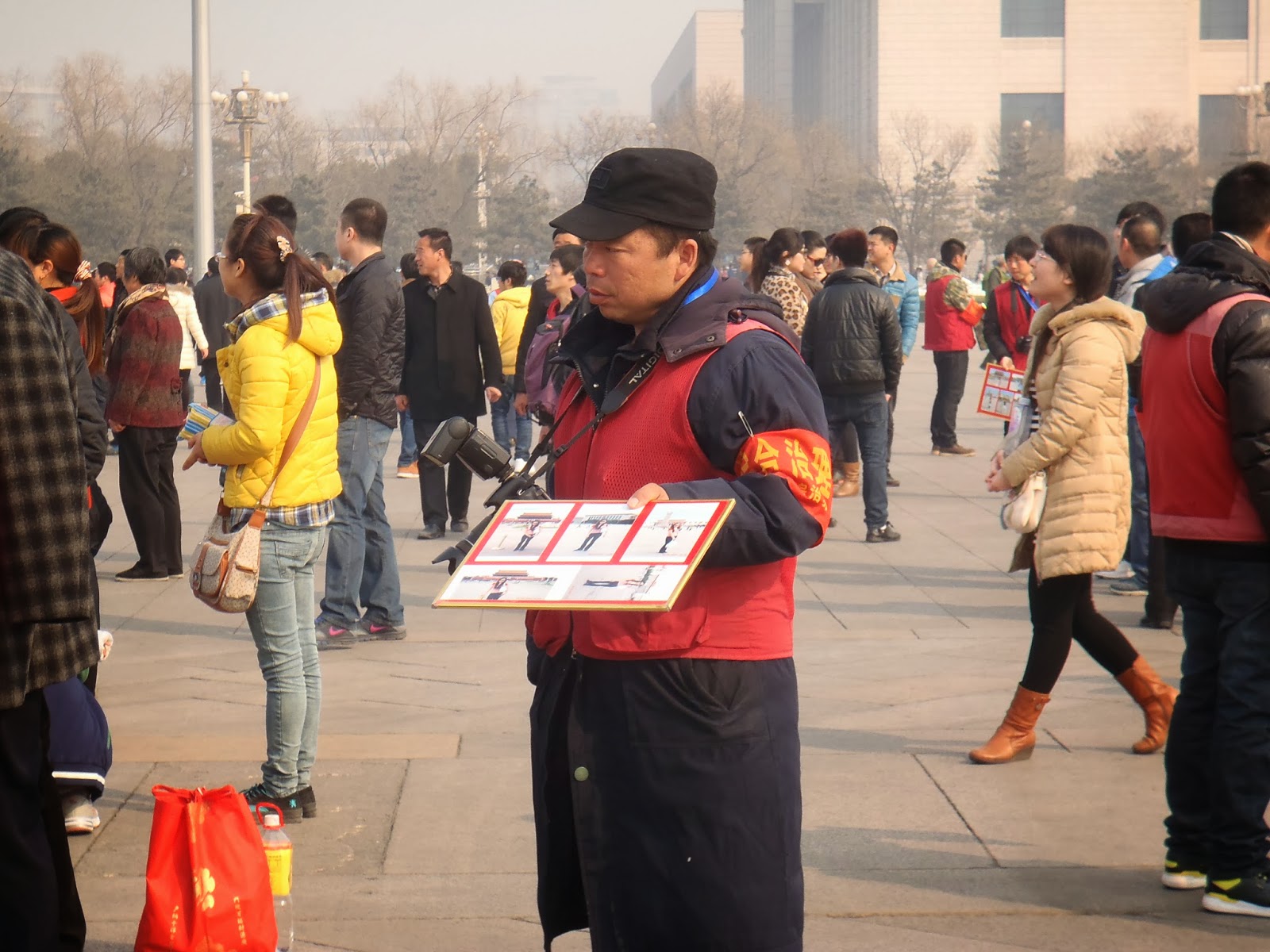Reflection on the Familiar versus
the Formal in
Chinese Culture
by Kate Knapp
(The name of the school in which I am teaching)
The teaching profession is old and respected in Chinese
culture. To be a teacher is to embody wisdom, with careful consideration for
the world around you. With the way in which schools are set up in modern China,
teachers have also become akin to parents as they spend the vast majority of
the day with the students. Hearing about teaching in China and about the
respect the students give the teachers I expected the teachers to be far more
formal than teachers in Canada, however I have found that this is not always
the case.
Teachers in China are a jarring mix of incredibly strict
and playfully informal. The teacher when teaching is strict and demanding of
their students, often putting them on the spot to answer questions. When the
bell rings the teacher leaves abruptly. However, when not teaching the teacher
often becomes very playful with the students. The students gather around
getting very physically close to the teacher grabbing her hands and arms and
sharing jokes and laughter. I find this switch very jarring. I say jarring
because they quickly turn back into the teacher figure when a student steps out
of line or goes just that bit too far. As a student, I would imagine that it
would be hard to know exactly whether you were dealing with the kind playful
figure or the strict. This results in students having to navigate this complex
relationship often in a place of emotional uncertainty. To me this negates the
trust and respect that I would want to foster with my own students. I would
expect a teacher to be trying to create an environment in which they should be
considered a constant.
(The courtyard with the grade 7 classrooms on the right)
A fundamental difference I see that seems to influence
this student-teacher dynamic is the different understandings of respect. In
Canada, respect is something that is shared mutually and has to be given often
before it can be received. Though, like in China, Canadian teachers are thought
to be deserving of respect from their students but only as long as they behave
in a manner that supports and honours that trusting relationship. In China, however, I have observed that
teachers demand respect from their students but that respect does not always
flow in the other direction. It appears that many students pay attention not
because they are interested or engaged, but because they will get in trouble or
embarrassed if they do not.
I see the issue of mutual respect and the jarring
transition between when the teacher is teaching versus when they are not as
creating an atmosphere that makes classroom management difficult. In a
globalized teaching setting, it is important to acknowledge and understand what
drives the teacher/student interactions in that country. A clear understanding of
this would enable me to create a classroom environment that understands the
tradition that the students are coming from and through understanding create a
more positive classroom environment.
(The students doing their mid-morning run! On Monday there is a flag raising ceremony instead.)














.JPG)
























